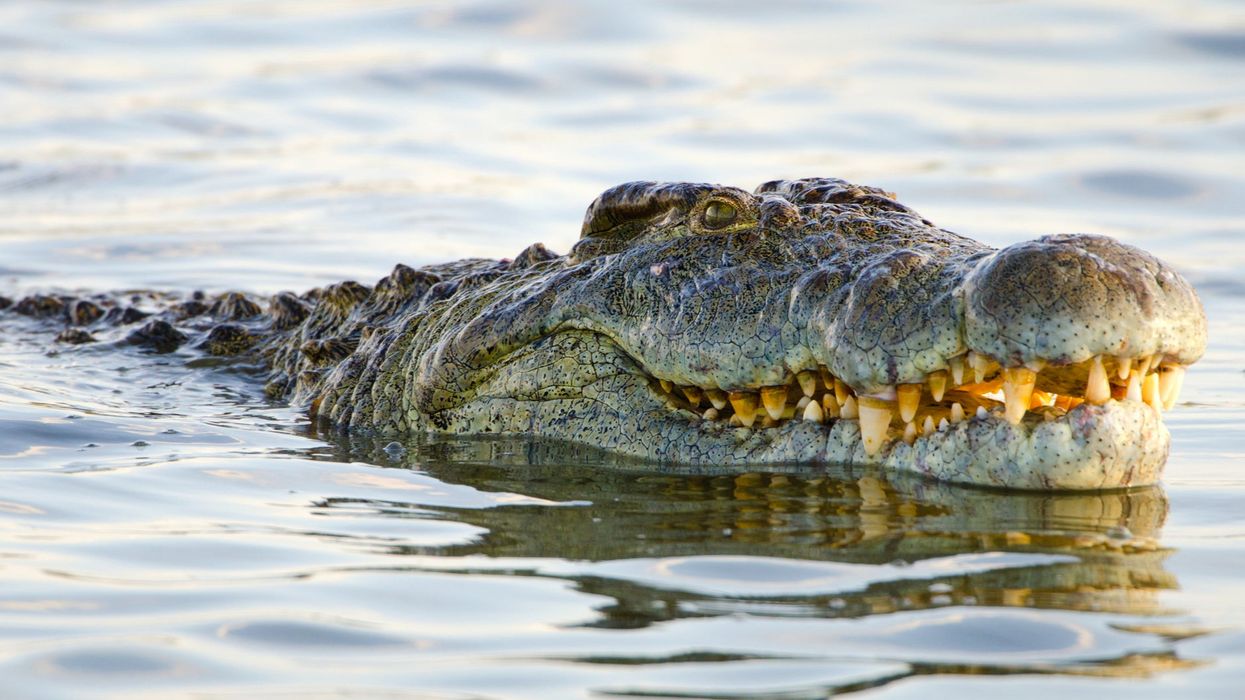
The crocodile has earnt itself near-mythological status
A huge crocodile, which is rumoured to have killed 300 people in East Africa, is thought to be on the loose.
The prolific croc, named Gustave, is an infamous man-eater who’s reportedly been responsible for the deaths of hundreds of locals in the country of Burundi.
He is said to weigh more than a ton and is around six metres long. Understandably, even professional hunters fear him, since every time he’s spotted, more deaths are reported in the area.
Scientists have even been studying the giant reptile for years – with estimates of his age ranging from 100 to 60, LadBible reports.
According to legend, Gustave has been shot three times by hunters attempting to capture him, but he’s survived every time and bears the scars.
He was given his Gallic name by French hunter Patrice Faye, who has lived in Burundi for years and has attempted to capture the crocodile to study for science.
In 2002, Faye built a long trap that had to be transported by 40 men, but Gustave wasn’t having any of it.
The Frenchman told the BBC at the time: “We placed [the trap] into the Ruzizi (a river in Central Africa), put bait inside and spent the whole night in the river with cameras.
"But it was a total failure. The crocodile was parading outside the cage, teasing us, and we were unable to catch it.”
Discussing the monster’s size, he added: “He is enormous. He is three times as big as the other crocodiles in Burundi.
“He is not very fast and cannot feed on what other crocodiles in Burundi eat - fish and small mammals. He attacks slow prey which are easy to capture."
In other words, humans.
In 2014, a documentary called Capturing the Killer Croc was released, documenting Faye’s fruitless attemts to seize Gustave.
In the three months he was there, he concluded that the croc had eaten 17 people.
He said: "I calculated that if he had been killing people for 20 years at this rate, he would have already eaten more than 300 people."
It’s not clear whether Gustave is still alive or if he is, indeed, one beast rather than the embodiment of multiple crocodile attacks.
What is clear is that his legend lives on.













